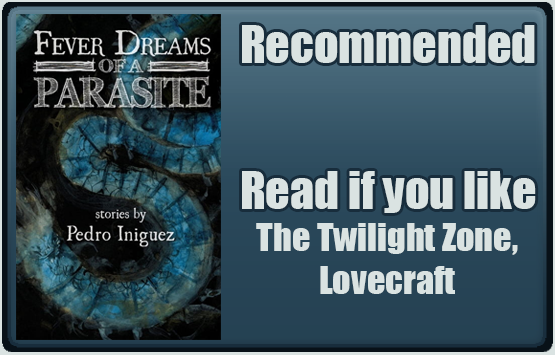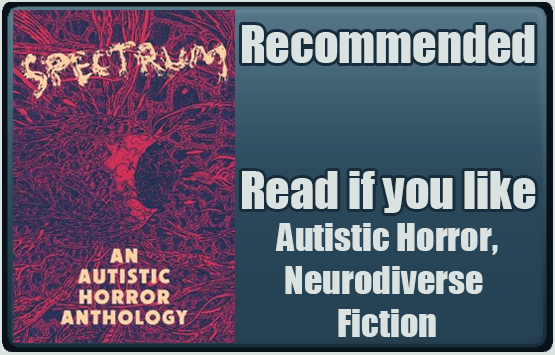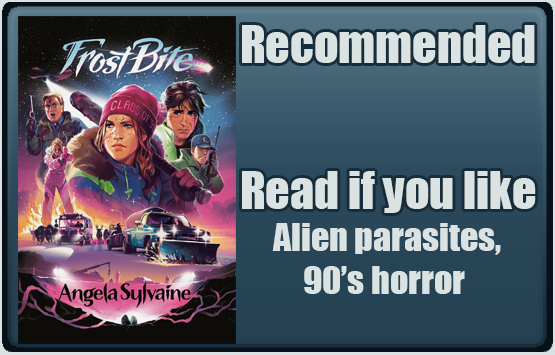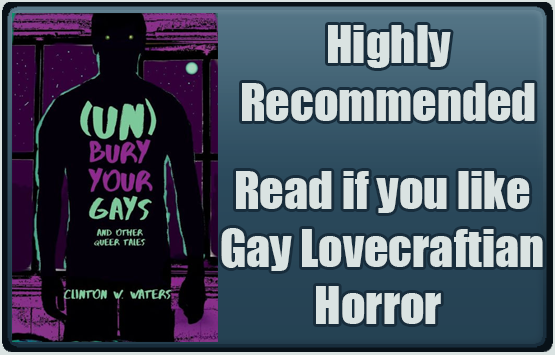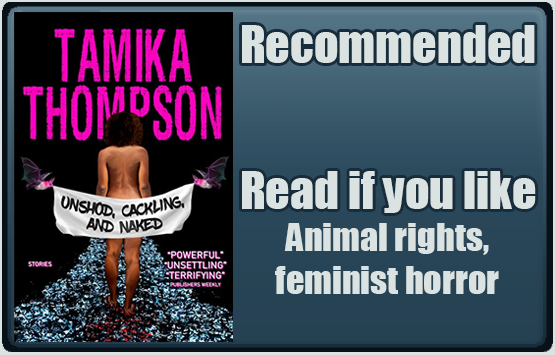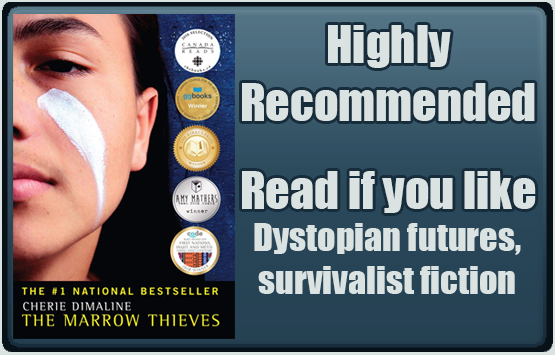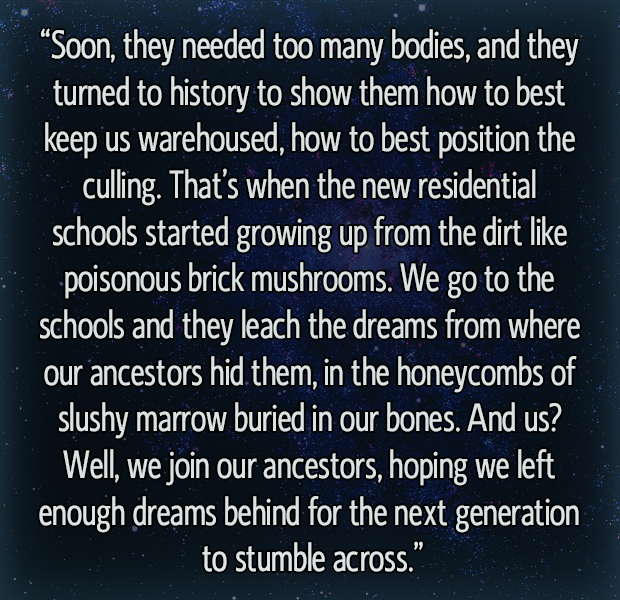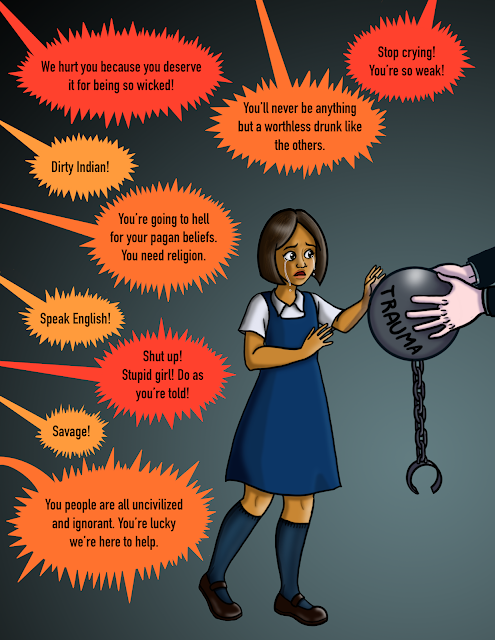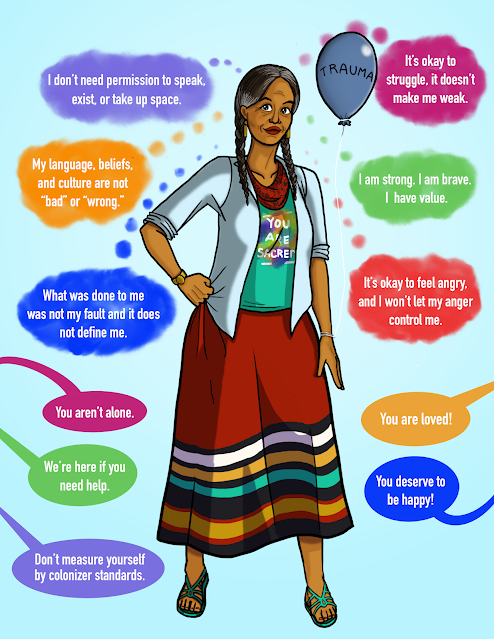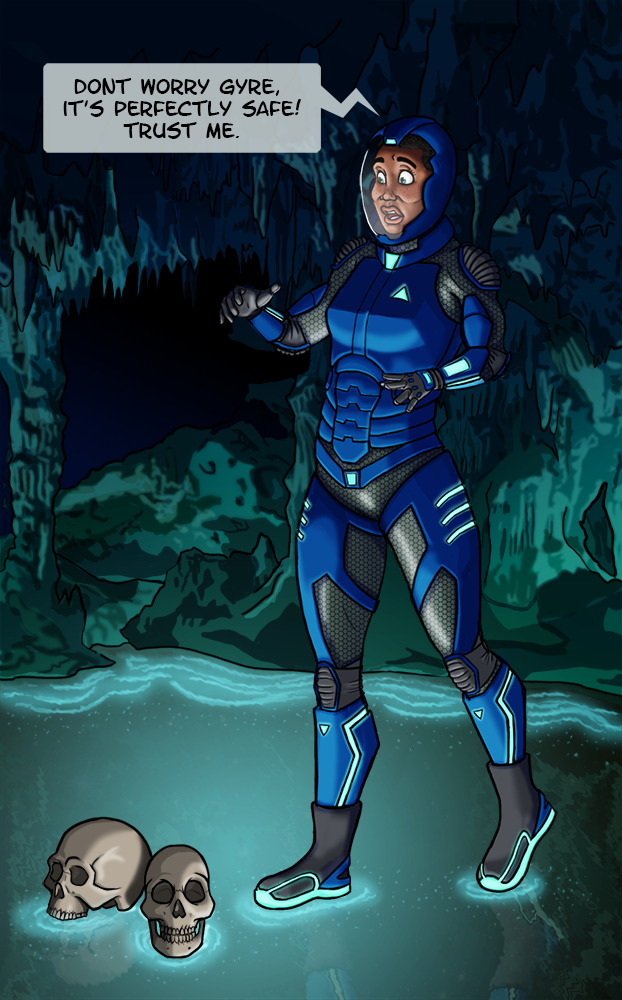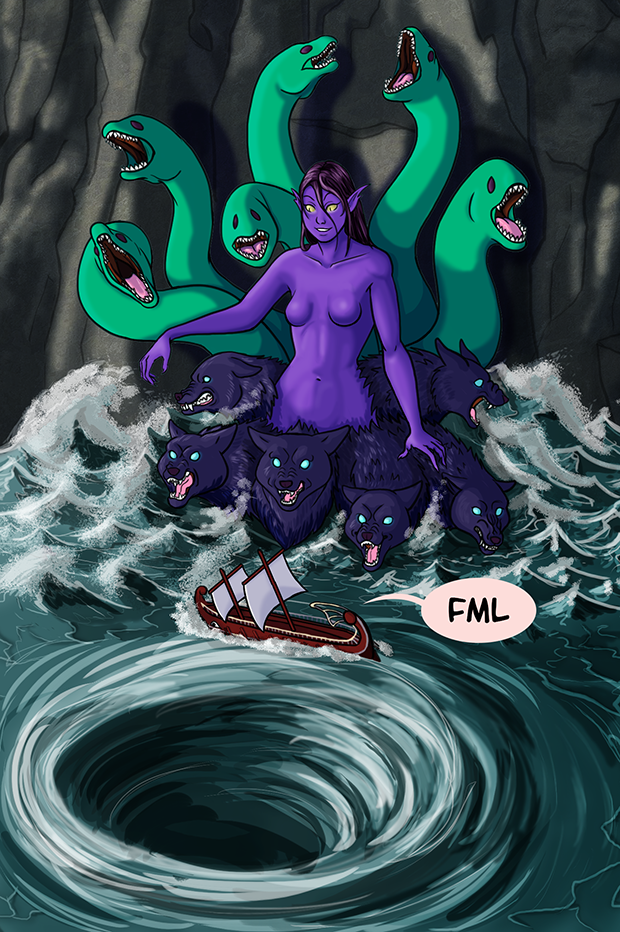Formats: Print, digital
Publisher: Raw Dog Screaming Press
Genre: Body Horror, Eco Horror, Eldritch Horror, Folk Horror, Ghosts/Haunting, Historic Horror, Killer/Slasher, Monster, Sci-Fi Horror, Zombie
Audience: Adult
Diversity: Mexican American author and characters, Mexican characters
Takes Place in: Mainly Mexico and California
Content Warnings (Highlight to view): Ableism, Alcohol Abuse, Amputation, Animal Abuse, Animal Death, Body Shaming, Cannibalism, Child Death, Child Endangerment, Childbirth, Death, Drug Use/Abuse, Gore, Kidnapping, Miscarriage, Mental Illness, Physical Abuse, Racism, Rape/Sexual Assault, Sexism, Stalking, Suicide, Torture, Verbal/Emotional Abuse, Violence, Xenophobia
Blurb
Íñiguez weaves haunting tales that traverse worlds both familiar and alien in Fever Dreams of a Parasite. Paying homage to Lovecraft, Ligotti, and Langan, these cosmic horror, weird fiction, and folk-inspired stories explore tales of outsiders, killers, and tormented souls as they struggle to survive the lurking terrors of a cold and cruel universe. With symbolism and metaphor pulled from his Latino roots, Iniguez cuts deep into the political undercurrent to expose an America rarely presented in fiction. Whether it’s the desperation of poverty, the fear of deportation or the countless daily slights endured by immigrants, every story is precisely rendered, often with a twist that allows us to see the mundane with fresh eyes.
I received this product for free in return for providing an honest and unbiased review. I received no other compensation. I am disclosing this in accordance with the Federal Trade Commission’s 16 CFR, Part 255: Guides Concerning the Use of Endorsements and Testimonials in Advertising.
Most of the stories in this anthology fall in the cosmic horror genre, but each story is entirely unique. There are, however, a few repeated themes; families, poverty and classism, people down on their luck, and those who take advantage of them. Monsters are a staple throughout the book, though most of the stories don’t really explain what the monster is. Are the dog-creatures werewolves? Is the blood sucking child a vampire? What in the world are those maggot monsters in Midnight Frequencies? What the hell is the old man with the fangs? Who knows! I can guess, but sometimes it’s scarier not to know. Even with all the different strange creatures, there’s often a human enabling it, once again proving that humans are the worst monsters of all. The anthology explores various themes and contemporary issues like the California wildfires, environmental destruction, addiction, the damage done by both the cartel and the US in the poverty-stricken areas of Mexico, how desperate immigrants are exploited, predatory landlords, and even increasingly adversarial political TV commentators.
The first story, titled Nightmare of a Million Faces, is about Anastasia Mendez, an unemployed porn star who just left an abusive relationship with her ex-boyfriend/manager/fellow porn star, Robert. Even without the monster appearing at the end the story is already disturbing as it focuses on how women’s bodies are often controlled. In Anastasia’s case, Robert decides(as her manager) who she has sex with and what roles she takes, and as her boyfriend, he coerces her into having an abortion she doesn’t want when he gets her pregnant. Even though the story is short, much of it focuses on fleshing out Anastasia’s character so you feel invested in her survival by the end of it.
I liked that Nightmare of a Million Faces focused on the flaws in the mainstream porn industry without condemning sex work itself. And while Robert was controlling, Anastasia chose to work in porn before she met him, and even after they broke up, sex work wasn’t something she was forced to do. It’s also very pro-choice, despite focusing on an abortion Anastasia didn’t want. People with uteruses shouldn’t be forced to abort any more than they should be forced to give birth. Women of color like Anastasia are at especially high risk of reproductive coercion.
Birthday Boy is one of my favorite stories in the collection. It’s about a child whose fantasies shield him from the horrors around him and the atrocities committed about his father. The story is quite short, but effective, and the ending feels like a gut punch. Many of the characters are either parents or about to become parents, and there’s a certain horror in knowing they must protect their children from the monsters. Some are men whose wives have left them and taken their children, like in Midnight Shoeshine. Others, like the father in Postcards from Saguaroland, have left on their own to try and secure a better life for their families. Then, there’s Frank from Roots in Kon Tum, who abandoned the woman he impregnated in Vietnam and started a new family in the US. Effigies of Monstrous Things is about a single father trying to raise his daughters after his wife’s disappearance. Shantytown and Caravan are both stories about single mothers living in poverty struggling to take care of their only child, and The Body Booth is about an expectant mother who has chosen to raise her child alone. The House of Laments is one of the few stories with a happily married couple in which Rodrigo and Julia are expecting a baby after suffering multiple miscarriages. Some of the stories are focused on other types of familial relationships, like the grieving siblings in The Cellar and the seal hunting uncle and nephew in Skins.
The story from which the anthology gets its title is written like a magazine profile on an elderly fashion designer named Alberto Madrigal, whose designs are based on traditional Mexican fashion. When he first immigrated to the United States, before he became famous, other designers called him a “parasite” and accused him of stealing jobs. But now he’s hired by famous celebrities, like heavy metal star Kane Krieger, who has just had his directorial debut. His horror film, called Fever Dreams of a Parasite, is about a man tormented by dreams that may come from another world and slowly drive him to madness. The critics have panned Krieger’s film at advanced screenings, and he wants to wear something to the premiere that will be a big “fuck you” to the critics. Madrigal struggles to create a suit until he’s inspired by a nightmare and the fleas on his dog’s back. I liked the unique epistolary style of this story. Postcards from Saguaroland is another notable example of Íñiguez deviating from his typical story structure, with a non-linear story that starts with the reveal of the monster.
There was one story I had a few issues with, The Savage Night. When I first started reading it I thought it was about an unnamed Indigenous tribe, because the main character was referred to as the tribe’s medicine man, in which case many of the tropes used in the story and the title would have been problematic. Fortunately, it turned out to be about Paleolithic humans in which case a writer has a lot more creative freedom. Still, I would have used a different term for the tribes’ spiritual healer as “medicine man” seems to be specific to American Indians.
The Last Train out of Calico is much better in terms of representation. Although Lakota train robber Warren Blackhawk has hints of “the stoic Indian” it’s nice to see a morally gray American Indian character. American Indians are usually painted as either the “noble savage” or someone on horseback whooping and killing cowboys. So, it’s nice to see a sympathetic character who’s just a guy who robs trains with his friends.
Other things I liked: Black was capitalized when referring to race and the Spanish wasn’t italicized. A woman with substance use disorder was portrayed sympathetically as a struggling mom who loves her child but is also battling a disease, rather than a weak and immoral person.
The anthology felt like Lovecraft meets the Twilight Zone, which I loved. It’s full of fun, bite-size horror stories full of tragic characters struggling against an uncaring world, whose desperation and hopelessness you can really feel. Íñiguez’s collection is bleak with a strange, dream-like quality to it, full of the weird and grotesque.
